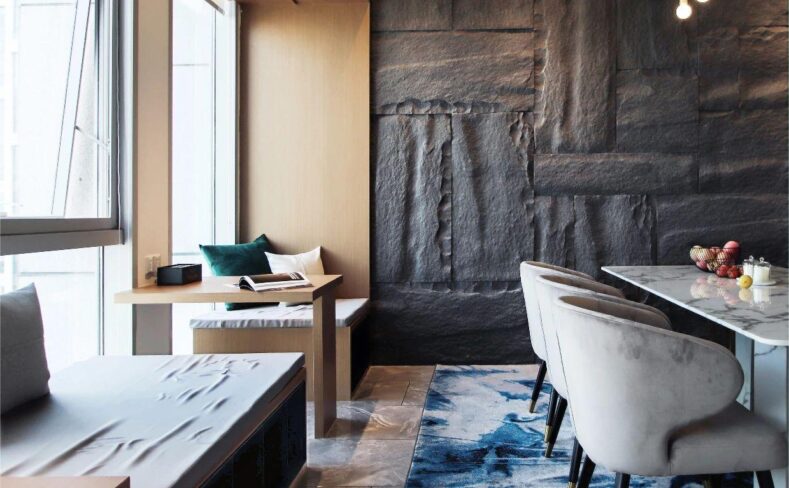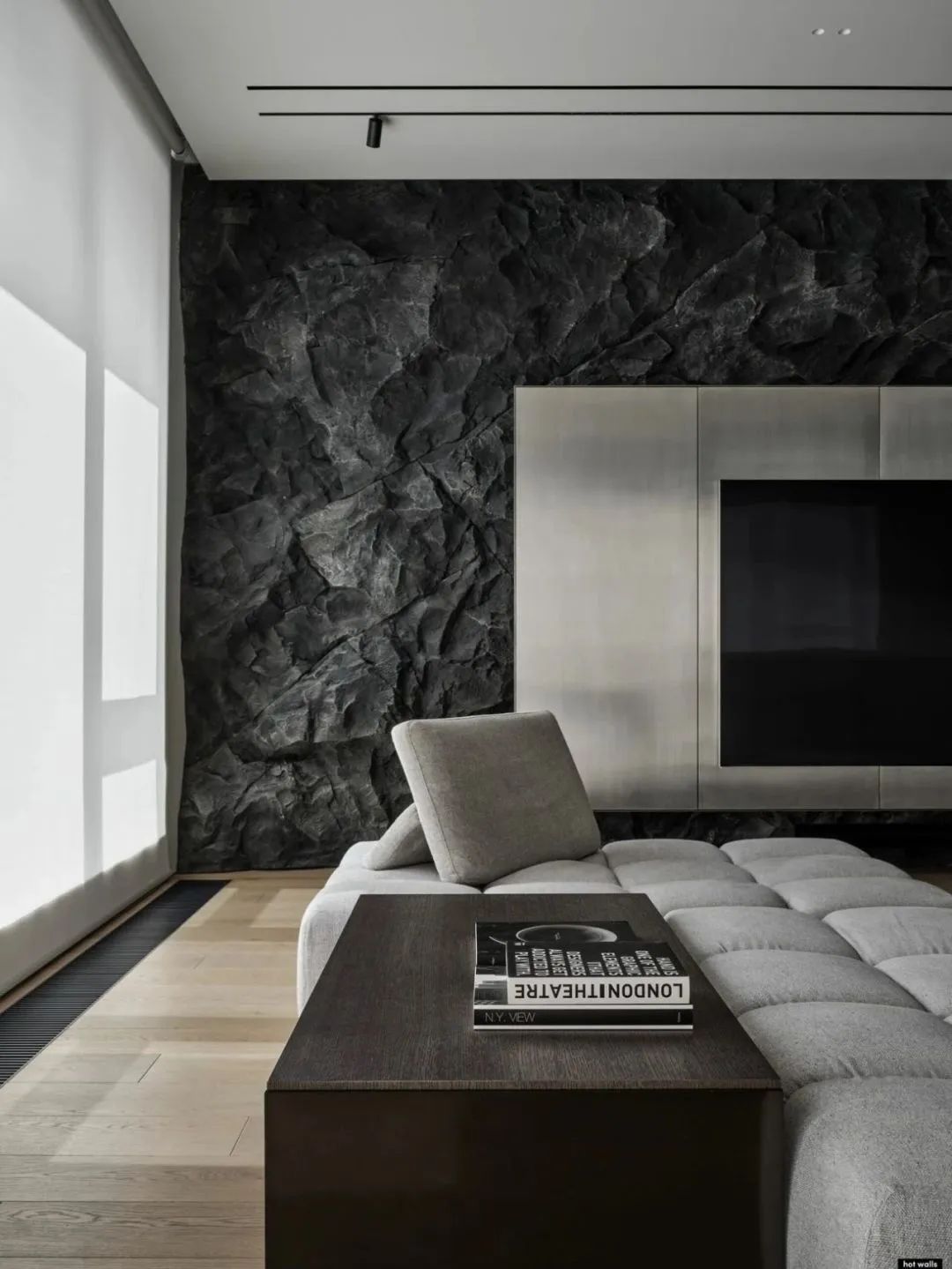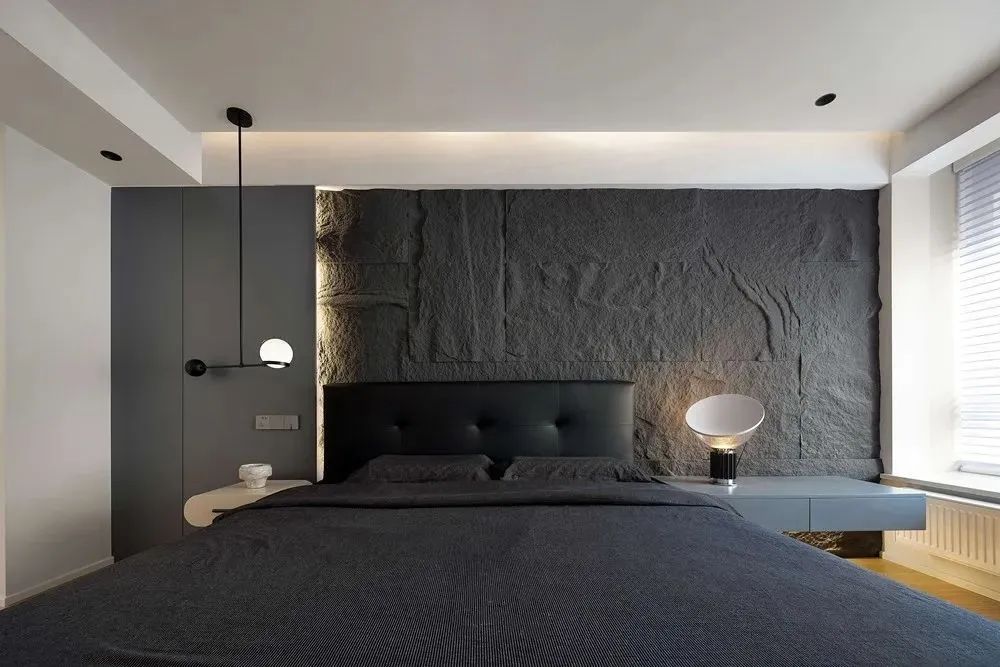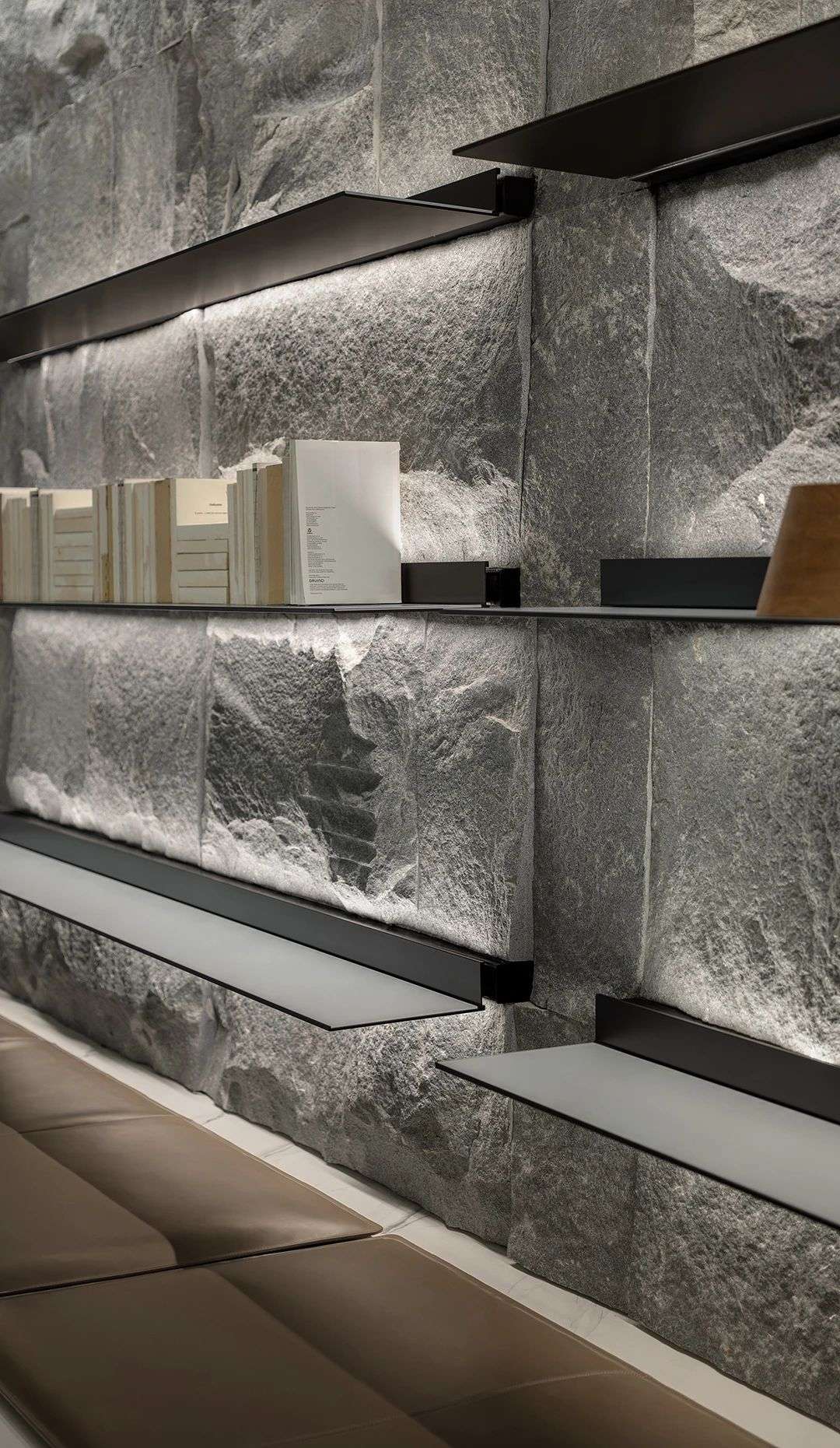
PU Stone vs Natural Stone: Which One Is Better?
Since ancient times, natural stone has been one of the common materials used in construction and interior decoration. However, as technology advances, artificial stone has become a popular choice. Among them, PU stone (Polyurethane Stone), as a kind of artificial stone, has different characteristics, advantages and disadvantages from natural stone in all aspects.
This article will compare PU stone with other materials to better understand their similarities and differences. Among them, we focus on the comparison between PU stone and natural stone, and focus on the comparison using granite as an example.
Related Article
PU Stone: The Trend of Future Decorative Materials
Video Credit: ![]() @georgepanel
@georgepanel
Do you want to get more information about PU stone products? You are welcome to read our product list: PU Stone Products to help you choose your favorite product!
If you are interested in other articles about PU, please check out our previous PU stone guide: What is PU Stone? The Most Comprehensive PU Stone Introduction.
I. PU stone vs other materials
PU stone has many unique features and advantages compared with other materials. The following are some key points comparing PU stone with other materials:
1. PU stone vs natural stone
Lightweight performance: PU stone is lighter than natural stone and is easy to transport and install.
Simulation: PU stone can highly simulate the appearance and texture of natural stone, but at a lower cost.
Ease of processing: PU stone is easier to cut, carve and customize, and is suitable for more different design scenarios.
2. PU stone vs ceramic tiles
Lightweight and easy to install: PU stone is lighter than ceramic tiles, and the installation process is simpler and faster.
Texture simulation: PU stone has a higher degree of simulation in simulating natural stone and is closer to the real stone texture.
Waterproof performance: Compared with ceramic tiles, PU stone has better waterproof performance and is not easy to penetrate.
3. PU stone vs composite materials
Environmental protection: PU stone is generally more environmentally friendly, does not contain harmful substances, and meets higher environmental standards.
Weather resistance: PU stone usually has better weather resistance and is not easily affected by climate changes.
Customizability: PU stone is easier to customize and can meet different design needs, while the customizability of composite materials may be relatively low.
4. PU stone vs solid wood
Stability: PU stone is more stable than solid wood and is not easily affected by humidity and deformation.
Easy maintenance: PU stone is relatively easy to clean and maintain, unlike solid wood that requires additional maintenance.
Cost: Compared with high-quality solid wood, PU stone usually costs less.
These comparisons can help readers better understand the similarities and differences between PU stone and other common building decoration materials, and consider various factors more comprehensively when selecting materials.

II. PU stone vs natural stone
Comparison of material properties
1. Appearance
Natural stone is unique due to its naturally formed characteristics, with texture and appearance varying depending on the stone type, with unique grain and color variations, giving a rustic and natural feel.
PU stone is a simulated natural stone made through molds. The texture and appearance are controllable and customizable. Various designs can be designed according to needs.
2. Material
Natural stone is a natural mineral formed within the earth, such as marble, granite and quartz. Their natural hardness and durability allow them to maintain their beauty and integrity over time.
In contrast, PU stone is a synthetic material made of polyurethane resin and fillers. Although it has a certain strength and durability, it cannot compete with natural stone.
3. Weight
Natural stone is generally relatively heavy and the installation process is more laborious, requiring more manpower and equipment to handle and install.
Due to its lightweight characteristics, PU stone is easier to carry and install, reducing the labor intensity of workers.
4. Processing and customization
The price of natural stone varies by stone type and sourcing region, and is less customizable. The processing and customization of natural stone are difficult and require experienced stonemasons.
In comparison, the cost of PU stone is relatively low and easy to customize. PU stone can be tailored according to needs to suit various design needs.
5. Weather resistance
Natural stone usually has good weather resistance and can resist the erosion of the natural environment.
PU stone is relatively weak in weather resistance and requires special coating or treatment to enhance its antioxidant and UV resistance.
6. Maintenance and cleaning
Natural stone may require regular sealing and maintenance to keep its surface smooth and stain-resistant.
The surface of PU stone is smooth and does not absorb water. It has good wear resistance, is easy to clean, and has simple maintenance.
7. Cost
Relatively speaking, natural stone is limited by the scarcity of ores and mining costs, and its price is relatively high.
The manufacturing cost of PU stone is lower because it can be mass produced through molds.
Comparison of application scenarios
1. Interior decoration
Natural stone is commonly found in interior wall, floor and countertop decorations.
PU stone is suitable for indoor wall, ceiling and floor decoration, providing more flexible design options.
2. Building facade
Natural stone is often used to decorate building facades, providing a natural beauty.
PU stone is also widely used in exterior facade decoration, being lightweight and easy to install.

III. PU stone vs. natural stone: taking granite as an example
1. Comparison of material characteristics
Granite is a natural stone with the characteristics of high hardness, corrosion resistance, not easy to age, and easy to process. Its surface has natural lines and patterns, so it can create a unique effect in the decoration of the background wall. However, the price of granite is relatively high, and the processing and installation are also complicated.
PU stone is a kind of artificial stone. Its main component is polyurethane foam, and the surface is covered with a layer of polyester resin and natural mineral powder. The advantages of PU stone are low price, light weight, easy to install, and can be dyed and carved as needed. However, the texture and pattern of PU stone are relatively simple and not as natural as granite.
2. Comparison of decoration effects
The natural texture and pattern of granite can create unique decoration effects, and is especially suitable for use in some high-end decoration occasions. Granite is also rich in color and can be cut and processed as needed to produce different shapes and sizes to meet different decoration needs.
Although PU stone is not as rich in textures and patterns as granite, its material has relatively strong plasticity and can be dyed and carved as needed to create a variety of decoration effects. The surface of PU stone is also relatively smooth, easy to clean and maintain, and is suitable for use in situations that require frequent cleaning.
3. Installation and maintenance comparison
The installation and maintenance of granite are more complicated and require professional stone workers to process and install. Moreover, the weight of granite is relatively large and requires reinforcement and support. The surface of granite is also relatively easy to scratch and wear, and requires regular care and maintenance.
The installation of PU stone is relatively simple and can be pasted directly with glue. Moreover, the weight of PU stone is relatively light and does not require reinforcement and support. The surface of PU stone is relatively smooth, not easy to scratch and wear, and it is also easier to clean and maintain.

IV. Selection suggestions
When choosing background wall materials, there are many factors to consider. Including decoration style, space size, budget, etc. On this basis, the following suggestions can help you make a more informed choice:
1. Understand your own needs
You can first understand your own decoration style and budget, and then choose suitable background wall materials according to your needs. If you want to create a high-end and grand decoration effect, a granite background wall may be more suitable for you; if you pay more attention to environmental protection and durability, a PU stone background wall may be more suitable for you.
2. Consider practical application scenarios
Different background wall materials are suitable for different decoration scenes. For example, in bathroom decoration, you need to choose materials that are waterproof, non-slip, and easy to clean; in commercial place decoration, you need to choose materials that are high-end, fashionable, and can create an atmosphere. Therefore, when choosing background wall materials, you need to consider the actual application scenario.
3. Pay attention to material quality and environmental protection
When choosing background wall materials, you need to pay attention to the quality and environmental protection of the materials. Choosing environmentally friendly materials that meet standards can protect indoor air quality and human health.
V. Conclusion
In the field of construction and decoration, material selection is crucial. Although PU stone shows superiority in many aspects, it is not suitable for every situation. Therefore, it is crucial to understand the characteristics, advantages, and limitations of each material. The choice needs to be made based on specific project needs, budget and desired results.
Finally, as an innovative, environmentally friendly and multi-functional building material, PU stone will bring more design possibilities and creativity to the construction and decoration industries as it continues to develop and improve. If you want to get a quote for PU stone, please contact us!
Quick Quotation



